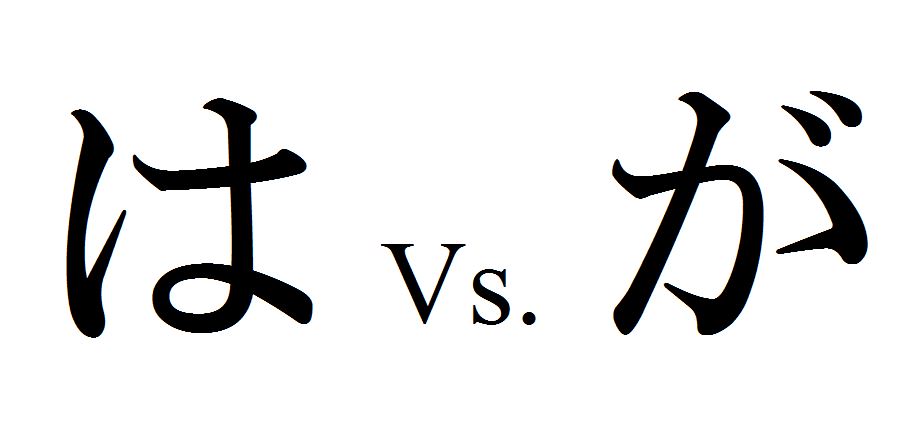This article is part of Wasabi grammatical support service. We’re more than delighted to answer any grammatical questions you may have without additional fee (*Wasabi user only). Today’s topic is how to use particles with the causative form.
Japanese Grammar: When It’s Appropriate to Use に and を with the Causative Form
Basic Idea of the Causative Form
Japanese causative form is equivalent to “to let/make someone do something” in English. However, unlike causative verbs in English such as “to let” and “to make,” Japanese doesn’t have any causative verbs, but expresses “to let” or “to make” by conjugating a verb into the same causative form.
| U-verbs | Remove the last character and attach “aseru” like 読む (yomu) ⇒ 読ませる (yomaseru) |
|---|---|
| Ru-verb | Replace the last る with させる like 食べる (taberu) ⇒ 食べさせる (tabesaseru) |
| Exceptions | する becomes させる and 来る becomes 来させる |
| 1 先生は生徒を立たせた。 | The teacher made the students stand up. |
| 2 先生は生徒に座らせた。 | The teacher let the students sit down. |
| 3 先生は生徒を泣かせた。 | The teacher made the students cry. |
| 4 先生は生徒に日本語を勉強させた。 | The teacher let/made the students learn Japanese. |
The context basically tells whether it means “to let” or “to make.” However, if you attach 「あげる」 or 「くれる (ください)」, it’s likely to become “to let” such as 「先生は生徒に日本語を勉強させてあげた (The teacher let the students learn Japanese)」. Now, you may have noticed that both particles; を and に are used differently. In some cases, を and に are interchangeable. In other cases, however, the selection of particles can make a sentence meaningless. Therefore, in this article you will learn the proper use of particles in detail.
Essential Rule of the Causative Form
With a Transitive Verb, Action Takers Are Always with に
| 1 私に(それを)決めさせて。 | Let me decide (it). |
| 2 私に(それを)説明させて。 | Let me explain (it). |
| 3 先生が(生徒に)教室を掃除させた。 | The teacher made (students) clean the classroom. |
| 4 先生が(生徒に)宿題をさせた。 | The teacher made (students) do the homework. |
Please don’t be confused with Japanese unique omissions. The (object) and the (action taker) are sometimes omitted in spoken Japanese. In sentences 1 and 2, the subject and the action taker are the same. In sentences 3 and 4, they are different. In either case, the action tacker should be with に and the objective should be with を.
With Emotional Actions, Action Takers Are Always with を
| 1 生徒は先生を怒らせた。 | The student made the teacher angry |
| 2 生徒は先生を驚かせた。 | The student made the teacher be surprised. |
| 3 姉が弟を泣かせた。 | The elder sister made the younger brother cry. |
| 4 弟が姉を笑わせた。 | The younger brother made the elder sister laugh. |
This is very simple. When someone causes something emotional, を is always used with action takers.
If Action Takers Are Non-animated, It Should Be with を
| 1 政府は物価を安定させた。 | The government made the prices be stable. |
| 2 台風が強い風を吹かせる。 | Typhoon makes wind blow hard. |
This also sounds simple, however, if non-animate existences (inanimate objects) are regarded as people or as something that has free will, に should be used like this 「ロボットに宿題をさせた (I made the robot do homework)」 and 「グーグルに調べさせた (I made Google search (it)」.
[adsense]
Advanced Rule of the Causative Form
With an Intransitive Verb, Action Takers Can Be with に and を
| 1 先生は生徒に / を 帰らせた。 | The teacher let/made the students go back. |
| 2 先生は生徒に / を 歩かせた。 | The teacher let/made the students walk. |
| 3 先生は生徒に / を 休ませた。 | The teacher let/made the students rest. |
| 4 先生は生徒に / を 寝させた。 | The teacher let/made the students sleep. |
This looks a little complicated, but there is a theory. If を is used in another point of the sentence, the particle with the action tacker should be に like this; 「先生は生徒に安全な道を歩かせた (The teacher made the students walk in the safe way)」 and 「先生は生徒に身体を休ませた. (The teacher made the students rest their body)」. Also, when you want to ‘make’ someone do something, it’s likely (not always) that を is preferred to に.
Additional Lesson: The Causative-Passive Form
| 1 生徒は先生に勉強をさせられた。 | The students were made to learn by the teacher. |
| 2 生徒は先生に走らせられた。 | The students were made to run by the teacher. |
This from can be simply translated into “someone is made to do something” and direction givers are usually with に.
Conclusion
In practice conversations, the causative form is often used for making an offer with 「くれる (ください)」 and 「もらう」 like this; 「手伝わせてください (Please let me help you)」 or used for making a request like this; 「次の月曜、休ませて くれますか / もらえますか? (Could you please let me take a leave on the next Monday?)」. That’s not difficult because the subject and the action taker are the same and the particle is usually omitted. However, in explanations, presentations, or formation situations, you may face or need to use the causative form with the proper particle. Thus, please try to remember the above rules or return here when necessary.
If you have any doubts about Japanese grammar, please feel free to ask us. We will answer any questions with pleasure (*Wasabi user only)!
Recommended Links
Japanese Particle に: Clear Up all Doubts You May Have
は vs. が: Five Points You Need to Know
なに vs. なん, How to Identify the Proper Pronunciation of 何





